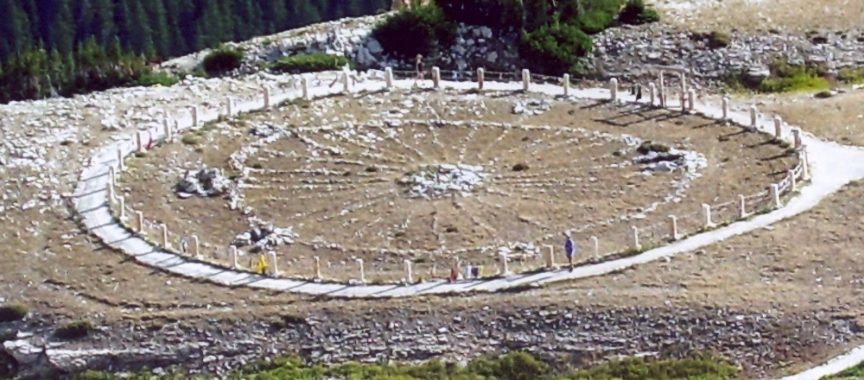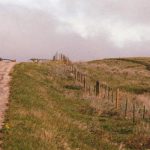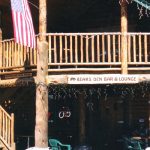The Medicine Wheel National Historic Landmark, named by white men who discovered it at the end of the 1800s, is located near the Bighorn River and east of Lovell and the Bighorn Canyon National Recreation Area.
Many Native American tribes consider the Medicine Wheel a sacred site and in 1996, following years of debate, Forest Service, tribal representatives and other government officials signed a Historic Preservation Plan intended as a blueprint for management of the stone structure. The plan required the Forest Service to consult with the Medicine Wheel Alliance and the Medicine Wheel Coalition, both Native American groups, and other agencies on projects planned within the roughly 18,000 acres visible from the Medicine Wheel.
The Wheel is said to serve as a type of landmark to identify the sunrise of the summer solstice. In its most simplistic definition, the Medicine Wheel is a symbol of ALL creation, of all races of people, birds, fish, animals, trees, and stones. Its shape is that of a wagon wheel, made of stones. According to tribal beliefs, the circular shape of the wheel represents the earth, the sun, the moon, the cycles of life, the seasons, and day to night. Movement around the perimeter of the Medicine Wheel is in a clockwise direction, the rotation path of the earth. At the center of the wheel, at the hub, is Cre [Medicine Wheel] ator, who sits in perfect balance. Outside the center, there is an inner circle representing the Old Woman (the earth), Father Sun, Grandmother Moon, and the four elements. Four distinct rock mounds, set in the four directions, lay on the perimeter, separated by stones representing the moon’s cycles. Stones laid from the perimeter in straight lines to the center (the spokes of the wheel) represent spiritual paths, leading us to the center, to perfect balance, to the Creator.
Last modified: June 16, 2021





